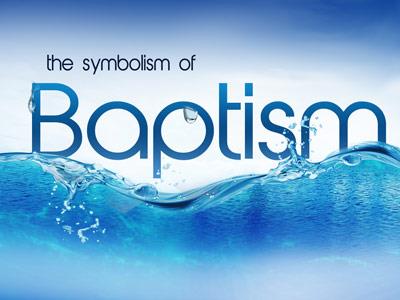-
The Temple Of Salvation Series
Contributed by Bobby Mcdaniel on Oct 25, 2003 (message contributor)
Summary: Part 4 of a series on Old Testament parallels of New Testament salvation. This message studies how Christ assumed the role of the implements used in OT temple worship.
b. The Brazen Altar
(1) This altar, located in the outer court of the temple was used to offer sacrificial animals as burnt offerings for the atonement of sin.
(2) Christ became our brazen altar through His sacrificial death, offering atonement through his blood.
(3) Read John 1:29—The next day John saw Jesus coming toward him and said, “Look, the Lamb of God, who takes away the sin of the world!
(a) There is, per chance, a connection here to OT sacrifices, although a lamb was not usually the animal sacrificed for forgiveness of sin.
(b) John, however, by the Holy Spirit, saw Jesus as the sacrificial victim who was to die for the sin of the world.
c. The Laver
(1) The laver or molten sea was located in the outer court and was used by the priests for the ritual washing of hands and feet before entering the Holy Place.
(2) Christ’s Spirit and God’s word become the laver for us.
(3) Read John 3:5—Jesus answered, “I tell you the truth, no one can enter the kingdom of God unless he is born of water and the Spirit.
(a) Various views are given to explain Jesus’ meaning in this verse when he references both water and spirit.
(b) Regardless of they are interpreted, it should be clear that it is Jesus who washes or cleanses us from sin.
d. The Shewbread
(1) Displayed symbolically in the Holy Place, the showbread inferred that God provided us sustenance.
(2) Jesus provides the sustenance of our spiritual life.
(3) Read John 4:34—“My food,” said Jesus, “is to do the will of him who sent me and to finish his work.”
(a) This does not mean that Jesus has no need for real food, but rather His passion or desire was to do the will of God.
(b) He knew that man does not live by bread alone, but “by every word that comes from the mouth of the Lord.”
e. The Lamp Stand
(1) The lamp stand provided light in the Holy Place.
(2) Jesus provides that spiritual life for us, driving away the darkness in and around us.
(3) Read 8:12—When Jesus spoke again to the people, he said, “I am the light of the world. Whoever follows me will never walk in darkness, but will have the light of life.”
(a) When stating this, Jesus was teaching in the temple in Jerusalem, during the Feast of Tabernacles, while the large lamps were burning.
(b) The darkness he speaks of refers to a world of evil, sin, and ignorance.
(c) Light, in the Bible refers to God and His holiness.
(d) Note the He said He is “the light”—not a light or a light among lights. He is the only way.
f. The Golden Altar of Incense
(1) This altar, located in the Holy Place was used to burn incense.
(a) God said the incense was “sweet smelling” to Him.
(b) Symbolically, the incense represented our prayers ascending to heaven in His presence.
(2) Jesus, when resurrected, became our perfect intercessor. He presents our prayers to God directly.
(3) Read Hebrews 6:16-20
g. The Veil or Door to the Holy of Holies
(1) This door separated the holiest place of the temple from the rest of the temple. It was called the Holy of Holies because God’s presence was continually in that room.

 Sermon Central
Sermon Central



